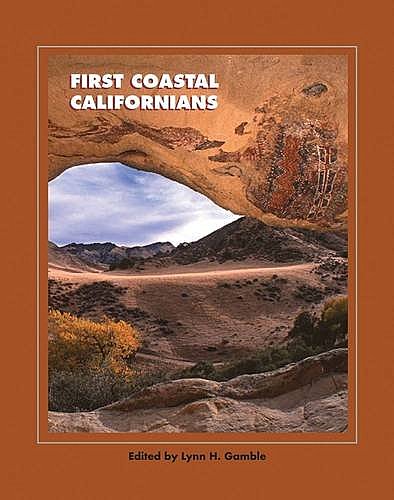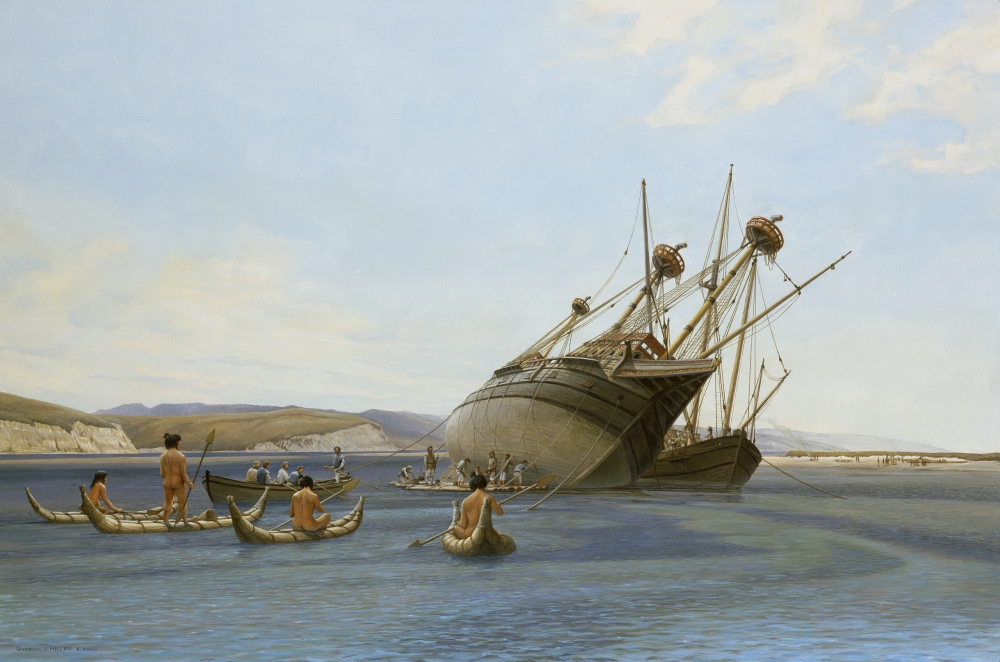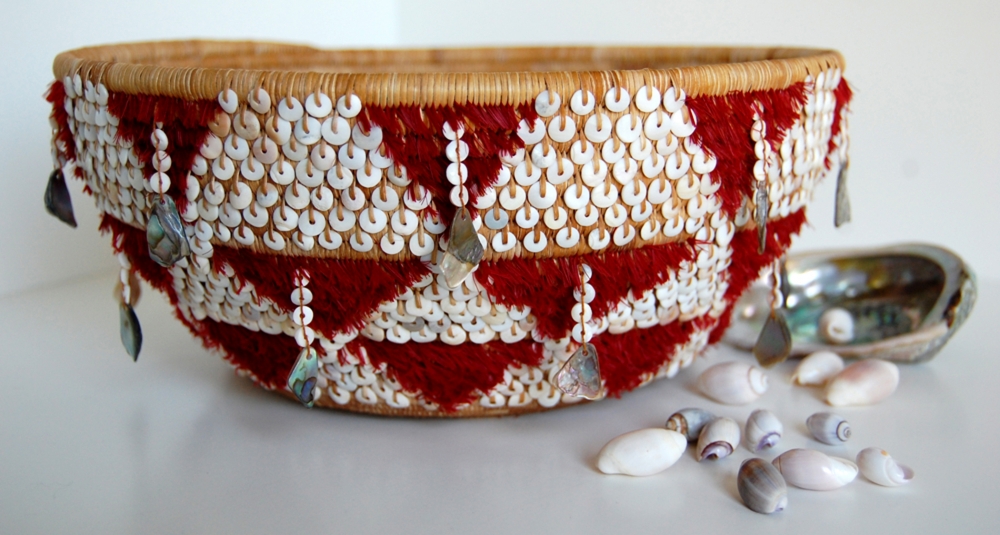Deep History


California’s history, like a Hollywood romantic comedy, is often considered skin deep and inconsequential. A new book edited by a UC Santa Barbara anthropologist, however, has the potential to dramatically reshape that perspective. “First Coastal Californians” (School for Advanced Research Press, 2015), edited by Lynn Gamble, a professor in the Department of Anthropology, provides an expansive and accessible view into 13,000 years of human history in the state.
“I think in some ways in both North American archaeology and world archaeology California has been somewhat overlooked, yet we have some of the most complex hunter-gatherers in the world,” said Gamble. “They used shell bead money and made more shell beads than almost any other group in North America. We have the earliest coastal sites in California and maybe some of the earliest sites in the Americas. So California should be front and center.”
Written by some of the top researchers and scholars of Native American history, “First Coastal Californians” examines the development of human societies from the earliest arrivals to the European colonization of the state more than a dozen millennia later. The book takes a comprehensive look at tools and technologies, arts and crafts, land management through fire, social structures and more.
A chapter on religion and rituals, written by Gamble and Heather Thakar of Temple University, peers into a relatively overlooked aspect of Native American life on the California coast. “As California archaeologists,” Gamble explained, “we often focus more on subsistence, what the people were eating, how that changed over time according to climate change. But we tend to forget the very rich ritual life that people had.”
Continued research and new discoveries are also changing long-held theories on when and how the first people arrived in California, the book reveals. The bones of a man discovered at Arlington Springs on Santa Rosa Island have been dated to 13,000 years ago. That’s about the same age as the Clovis culture who were thought to have entered the Americas from Siberia over the Bering land bridge. Other sites on the northern Channel Islands have yielded evidence of human occupation up to 12,000 years ago. The big question: How did they get there?
The book provides one possible answer: by boat. It’s clear early humans used some sort of watercraft to populate Australia and other sites as long as 50,000 years ago. The earliest people in California, the book explains, could have sailed along the resource-rich coast -- and made good time.
“It doesn’t mean they didn’t also have land migrations, but certainly we have these early sites along the coast all the way from northern North America down to South America and these very significant sites out on the Channel Islands,” Gamble said. “We don’t see those dates here on the Santa Barbara mainland.”
As the book notes, sea level has risen some 260 feet since people arrived in California, likely putting many sites of early habitation under water. “We’re not seeing the whole picture,” Gamble observed, “but we’re learning a lot more than we knew 10, 15 years ago.”
Current and future research will surely shine a brighter light on California’s unique history. “When I first got into archaeology I wanted to be a Mayan archaeologist and work on pyramids,” Gamble recalled. “And then I was at UC Berkeley as an undergraduate and I started learning about California archaeology, and I didn’t realize I was walking on top of archaeological sites. I think we overlooked the significance of California archaeology, and I really hope that this shifts that discussion. We are situating California archaeology in a much more central place, where it belongs.”
Gamble will sign copies of “First Coastal Californians” at Chaucer’s Bookstore in Santa Barbara Jan. 13 at 7 p.m.






